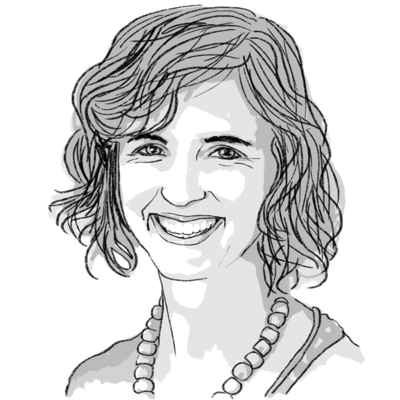Error loading media: File could not be played
00:0000:0000:00
00:00
 Whitney Eulich
Whitney Eulich
When I was reporting in Barbados in May, a visit to Drax Hall was a must-do. The sugar plantation has been in the same family’s hands for nearly four centuries, and the property hosts a 17th-century house made in the late English Renaissance Jacobean style. It’s believed to be the oldest building of its kind in the Western Hemisphere.
A government source told me it was fine to stroll onto most plantations, but when I asked a local to join, she laughed: “No way we can go there!” The current owner, conservative British Member of Parliament Richard Drax, has refused to engage in conversations around reparations for slavery, even as momentum for reparative justice has grown in recent years. Those running the property don’t like the negative attention – and attempted visits – that have come with that.
Still, we gave it a try one evening, driving down a dirt road and parking outside the grand home with its rust-red-trimmed roof and green shutters. We took in the manicured lawns, the aged brickwork of the old windmill tower, and the vast fields of sugar cane, musing poignantly about all that the towering trees must have seen in their lifetimes.
While I furiously took notes, my companion sent selfies and messages to friends and family. “You’ll never believe where I am,” she said in a voice note.
Mr. Drax’s attitude contrasts with that of a new group called Heirs of Slavery. Founding members, profiled in today’s Daily, discovered their own ancestral ties to slavery and decided the solution was to take action. They hope that through making public apologies, writing books, making donations, and engaging with activists around the lasting damages of slavery, more people like them will see the power in shining a light on a historic wrong.
On this day, there was perhaps some small power in my friend feeling that even this corner of her island was not off-limits.

Our name is about honesty. The Monitor is owned by The Christian Science Church, and we’ve always been transparent about that.
The Church publishes the Monitor because it sees good journalism as vital to progress in the world. Since 1908, we’ve aimed “to injure no man, but to bless all mankind,” as our founder, Mary Baker Eddy, put it.
Here, you’ll find award-winning journalism not driven by commercial influences – a news organization that takes seriously its mission to uplift the world by seeking solutions and finding reasons for credible hope.
Explore values journalism About us